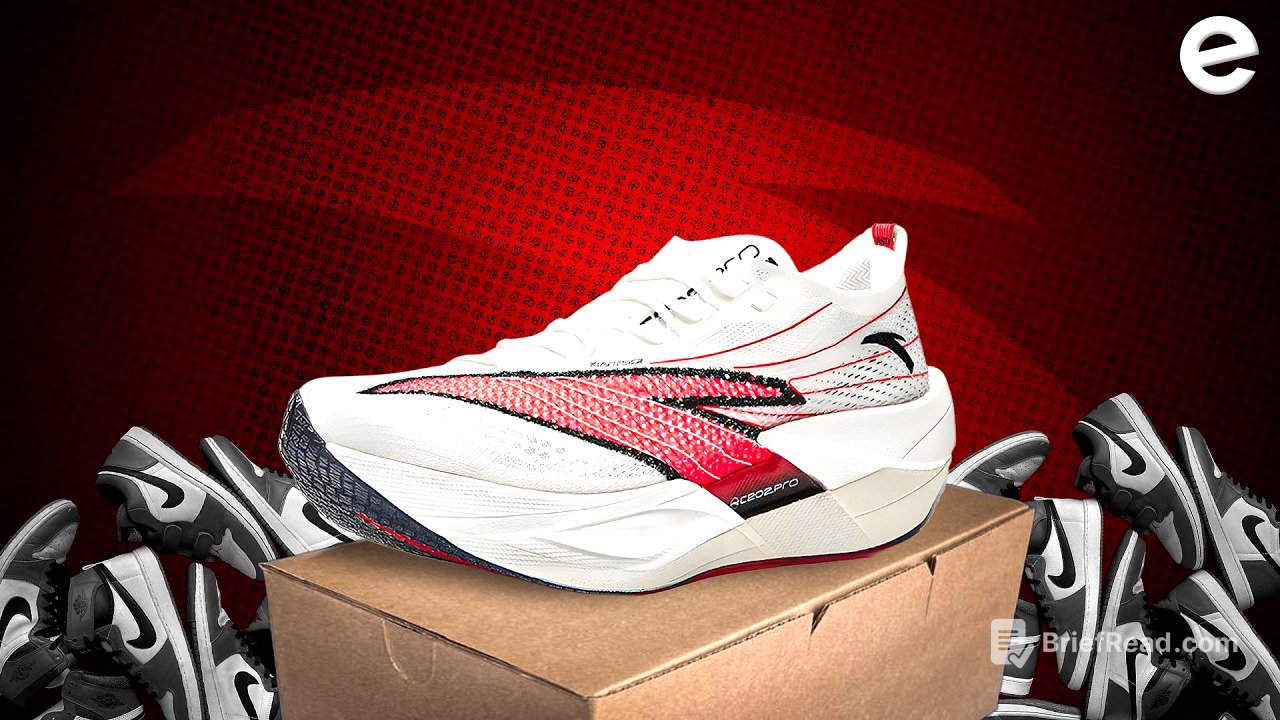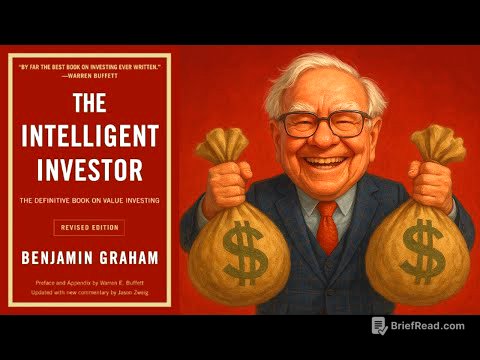TLDR;
This video tells the story of Anta, a Chinese sportswear brand that rose from obscurity to challenge global giants like Nike and Adidas in China. It highlights Anta's strategic shift towards embracing Chinese culture, leveraging digital platforms, and making smart acquisitions to achieve its success. The video also touches on Anta's global ambitions and its strategies for expanding into international markets.
- Anta's rise due to focus on Chinese identity and culture.
- Strategic acquisitions, like Amer Sports, key to global expansion.
- Shift to direct-to-consumer model improved brand control and customer connection.
Nike and Adidas' Dominance in China [0:43]
Nike and Adidas established themselves as status symbols in China during the 1990s and 2000s, capitalizing on the country's economic growth and associating their brands with a modern lifestyle. They utilized strong advertising campaigns featuring famous athletes to appeal to young consumers. In contrast, Chinese brands struggled to compete due to their focus on low-cost products lacking the style and image of foreign brands. By the mid-2000s, Nike and Adidas controlled a significant portion of China's sportswear market through extensive retail presence and investments in major events like the Beijing Olympics.
Anta's Humble Beginnings [3:23]
Anta began in 1991 in Jinjiang, Fujian Province, known as China's shoe capital, which provided access to resources but also intense competition. Ding Shizhong, at age 17, recognized the need for a strong brand. Initially, Anta produced affordable shoes for smaller cities, similar to other local factories. Ding aimed to build a brand representing pride, not just low prices. Anta focused on budget sports shoes in the 1990s, targeting markets where Nike and Adidas were less dominant. In the early 2000s, Anta established its own research and development center, which was unusual for a small company at the time.
Building the Anta Brand [4:58]
A key moment for Anta was signing table tennis champion Kong Linghui for a national advertising campaign, which linked the brand with national pride. Despite this, Anta was still seen as a regional brand by the mid-2000s. A breakthrough came in 2007 when Anta went public on the Hong Kong Stock Exchange, raising 2.6 billion Hong Kong dollars. This IPO allowed Anta to expand its marketing efforts, improve its products, and explore strategic acquisitions.
Overcoming Challenges and Shifting Strategies [5:46]
In 2008, Anta faced difficulties due to a weaker-than-expected sportswear market during the Beijing Olympics, leading to overstocked warehouses and financial strain. By 2009, Anta closed over 600 stores and sold excess stock at discounted prices, which damaged its brand image. Founder Ding Shizhong shifted to a direct-to-consumer (DTC) model to gain more control over the brand and customer relationships. In 2009, Anta acquired the Fila trademark for China, Hong Kong, and Macau, transforming it into a premium brand that quickly became profitable and helped Anta enter the high-end market.
Embracing Chinese Identity and Culture [7:42]
The rise of "Guochao," or national trend, saw Chinese consumers valuing products that reflected their identity and culture. Anta capitalized on this by focusing on national heroes and incorporating Chinese culture into its product designs, creating a unique selling point that Nike and Adidas struggled to replicate authentically. Anta also made strategic moves during political tensions, such as supporting Xinjiang cotton, which further boosted its popularity among Chinese consumers. By 2024, Anta had surpassed Nike and Adidas to become China's top sportswear brand.
Global Ambitions and Expansion [10:15]
Anta's next goal is to become a global company by building a portfolio of strong sports and outdoor brands, similar to LVMH. A key step was the acquisition of Amer Sports, which included brands like Arcteryx, Salomon, and Wilson. Anta avoids directly pushing the Anta name overseas, instead leveraging the existing reputation of its acquired brands. In March 2024, Anta entered the US market through basketball, partnering with retailers like Dick's Sporting Goods and Foot Locker. The company also collaborates with NBA player Kyrie Irving to enhance its presence in the basketball community.
Investing in Innovation and Future Growth [12:03]
Anta has committed over 4 billion yuan to global research and development, aiming to shift from "made in China" to "designed in China." The company is also expanding in Southeast Asia and planning growth in Europe and the Middle East. By 2030, Anta aims to be recognized as a leading sportswear company worldwide through strategic acquisitions, local partnerships, technology investments, and market segmentation.









